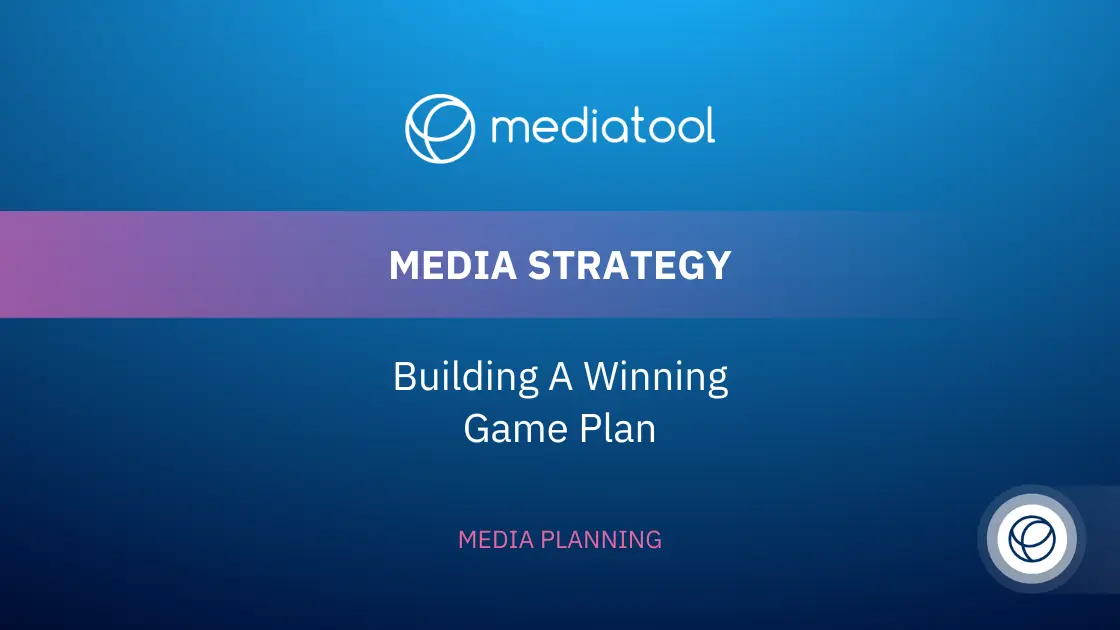A (relatively) jargon-free rundown of the major digital advertising terms to familiarize yourself with.
There are a lot of terms in digital advertising and more keep coming out. Here’s our simple glossary of the most common terms to help you navigate the world of digital advertising. Plus, familiarising yourself with these terms means you’ll also get the most out of our upcoming blog posts about digital advertising and digital marketing.
Digital Advertising Glossary from A-Z
A/B Testing: A method to compare different versions of ads or landing pages to determine which performs better.
Account-Based Advertising: Serving display ads only to specified titles at targeted accounts e.g. Senior Product Manager, Senior Product Marketer, and VP of Product Marketing.
Ad Audience: The total number of people exposed to or possibly exposed to an ad.
Ad Banner: The most common form of digital advertising displayed on a web page or in an app that includes static graphics, videos, and interactive rich media.
Ad Click: When a user interacts with an ad by clicking on it.
Ad Impressions: The number of times an ad has been viewed.
Ad Network: A vendor that connects advertisers to publishers that acts as a single point of contact between publishers and advertisers (e.g. Google Display Network).
Ad Targeting: Delivering ads to a pre-selected audience based on various attributes, such as geography, demographics, web browsing behavior, and past purchases.
Affiliate Marketing: An agreement between a publisher and an advertiser where the publisher receives compensation for every click or every sale.
Attribution: Identifying which touchpoint is most responsible for a conversion so ROI can be calculated.
Bounce Rate: A website visit where the visitor looked at the single page they landed on, didn’t interact with it, and swiftly exited off the page.
Brand Awareness: The extent to which a potential consumer can recall a brand and its product. Many marketing tactics focus on creating brand awareness by helping potential customers learn about a brand.
Call to Action (CTA): A phrase or word in copy or creatives inviting or compelling the audience to do something e.g. “buy now”, “click here” or “download”.
Channel: An outlet used by digital advertisers to reach audiences e.g. Google Search Ads, LinkedIn or Facebook.
Click-Through Rate (CTR): A percentage of total impressions showing how often people click through to a website link from an ad.
Conversion: A specific action advertisers want audiences to take e.g. buying something, creating an account, and subscribing to a newsletter.
Conversion Pixel: A 1×1 transparent image pixel on a web page that’s triggered when a conversion occurs.
Conversion Rate: A percentage calculated by dividing the number of views or visits by the number of conversions.
Conversion Tracking: Monitoring how many conversions have occurred during a specified time and analyzing which ads led to the conversions.
Copy: The text displayed in an ad.
Cost per Acquisition (CPA): The cost of acquiring one customer, calculated by dividing the total amount spent on an advertising campaign by the number of customers acquired.
Cost per Click (CPC): The cost of an ad click, calculated by dividing the total amount spent on a campaign by the number of clicks.
Cost per Lead (CPL): The cost of each ad click that results in a lead, calculated by dividing the total amount spent on a campaign by the number of leads.
Cross-Device Targeting: Serving targeted ads across multiple devices to the same customer.
Display Advertising: A digital advertising format where graphic ads are shown on a web page.
Frequency: The number of times an ad is served to the same customer.
Keyword: A specific word or phrase that triggers an ad within search engine results.
Landing Page: The web page users are directed to after they click on an ad.
Native Advertising: Paid advertising that matches the form of the platform that it is placed on. Native ads usually ‘blend in’ to the platform or page content and can appear like organic content.
Paid Search: The placement of ads within search engine results. On Google you’ll find these results at the top of the search engine results pages (SERPs).
Pay-Per-Click (PPC): A pricing model where advertisers pay a fee every time their ad is clicked. The most common is in the Paid Search results.
Reach: The total number of people who engage with your ad, e.g. a person who views your ad five times and clicks on it once yields five impressions, one reach, and a click-through rate of 20%.
Retargeting: Serving ads specifically to people who have previously visited your website.
Social Advertising: Running paid ads on social network platforms, e.g. Facebook, Instagram and Twitter.
View–Through: Used to measure a consumer’s behavior after they’ve been served an ad.





